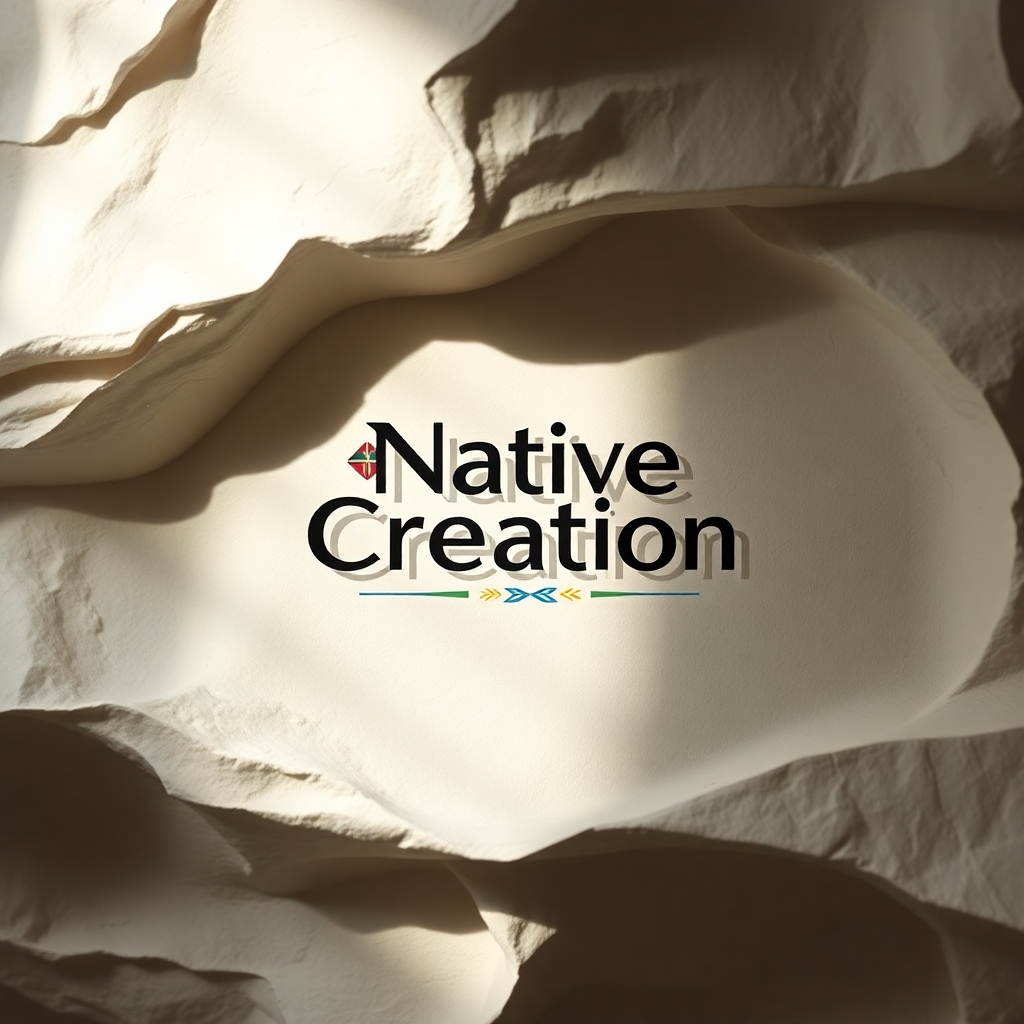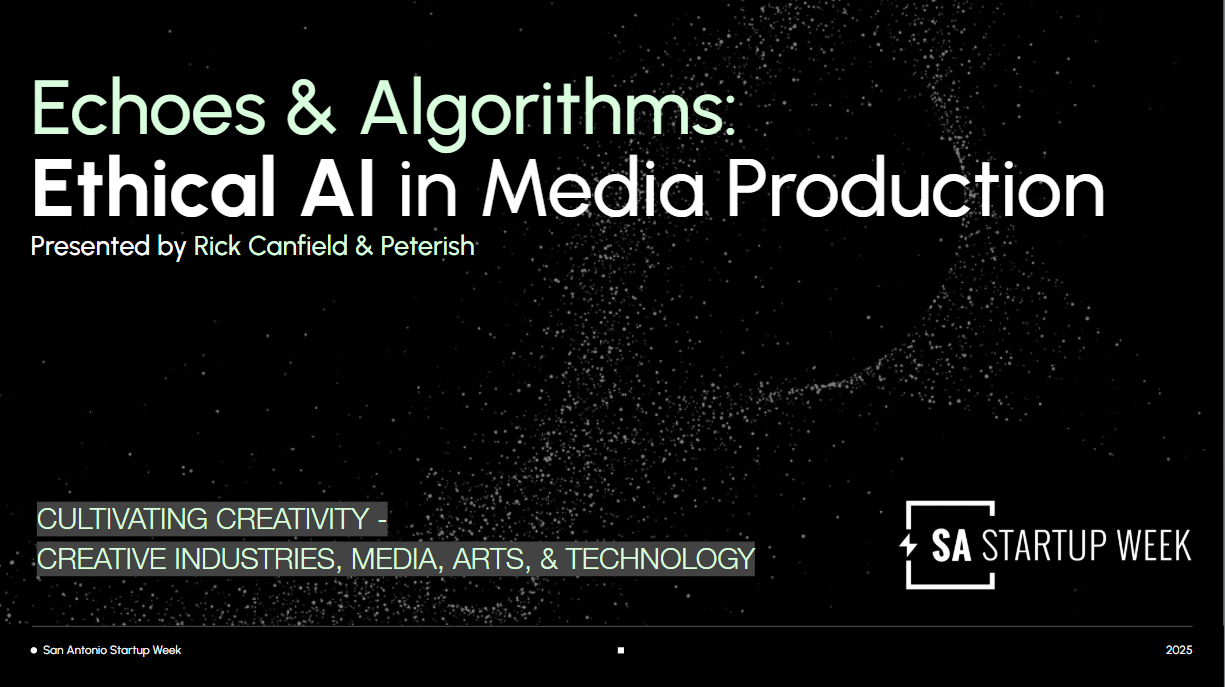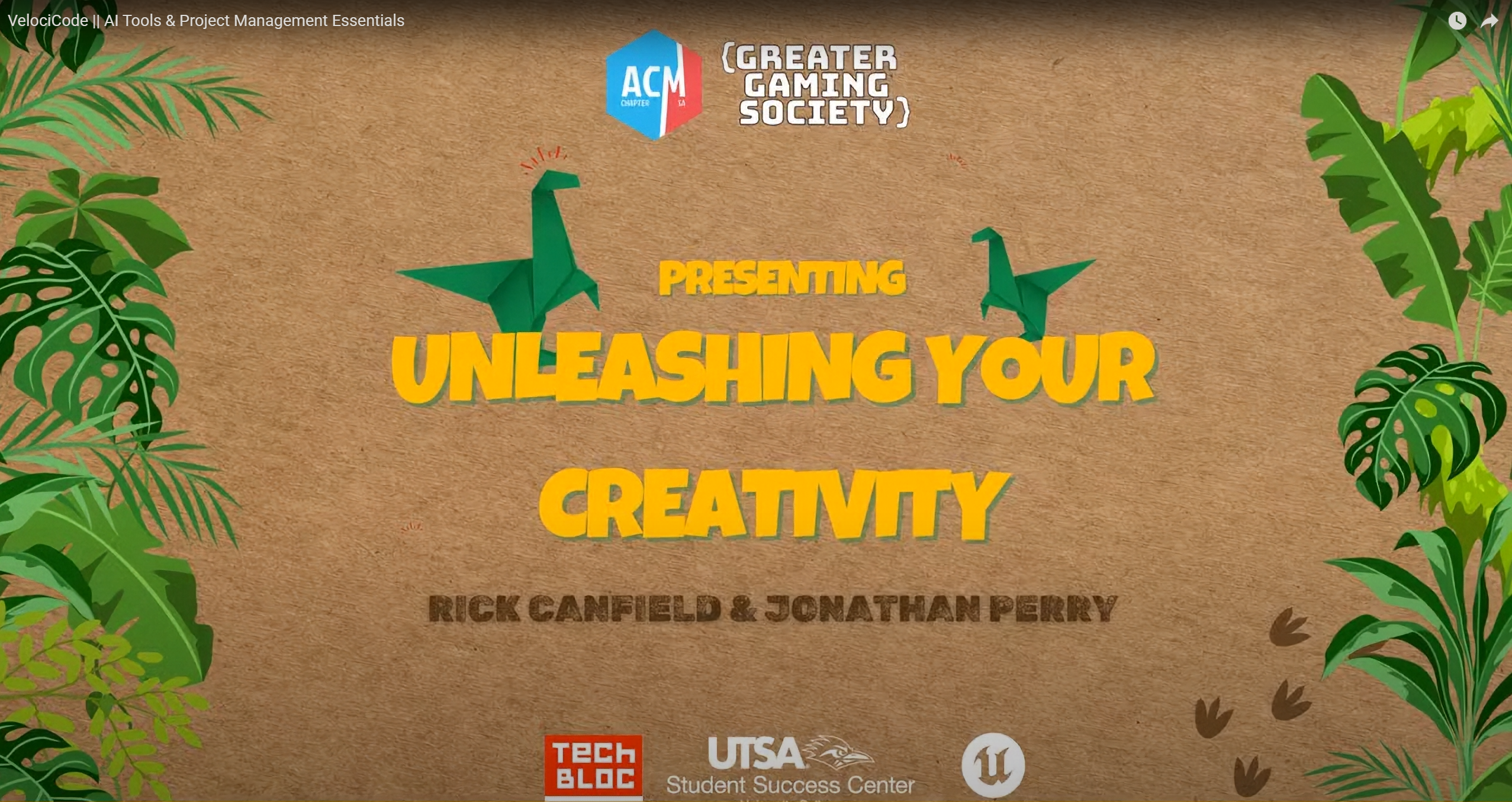Building the Open Metaverse: A Look at the Latest Standards Updates
The metaverse promises a persistent, interconnected, and immersive digital world, but achieving its full potential hinges on a crucial element: interoperability. Without common standards, the metaverse risks becoming a collection of walled gardens, stifling innovation and user experience. Thankfully, significant progress is being made on the standards front, laying the groundwork for a truly open and accessible metaverse.
Here’s a look at some of the latest updates and how the journey towards a standardized metaverse is shaping up:
The Open Metaverse Interoperability Group (OMI)
One of the leading forces in this space is the Open Metaverse Interoperability Group (OMI). This collaborative effort brings together a diverse range of companies and organizations dedicated to defining and promoting standards for the metaverse. Their focus areas include:
- Identity: Ensuring a consistent and secure way for users to carry their digital identities and avatars across different metaverse platforms. Imagine logging into a new virtual world and your existing avatar, linked wearables, and reputation seamlessly transferring with you.
- Assets: Standardizing the format and transfer of digital assets, from 3D models and textures to NFTs and virtual goods. This means an item you purchase in one metaverse could theoretically be used or displayed in another.
- Portals & Teleportation: Defining how users can seamlessly move between different metaverse experiences, much like clicking a link on the web. This is crucial for breaking down barriers between disparate virtual spaces.
- Payments & Commerce: Establishing common protocols for economic transactions within the metaverse, enabling secure and frictionless buying, selling, and trading of digital goods and services.
The OMI has been actively publishing proposals and reference implementations, fostering discussion and collaboration among its members and the broader community. Their working groups are constantly evolving, addressing the complex technical challenges of a decentralized and interconnected digital realm.
Web3 and Decentralized Technologies
The rise of Web3 and decentralized technologies like blockchain are naturally intertwined with metaverse standards. Projects like OpenSea’s Seaport Protocol are setting new benchmarks for NFT marketplace interoperability, making it easier for developers to integrate NFT trading into their applications. Similarly, initiatives around decentralized identifiers (DIDs) are providing a framework for self-sovereign identity, empowering users with greater control over their digital presence in the metaverse.
Khronos Group and 3D Asset Standards
The Khronos Group, known for its work on OpenGL and Vulkan, continues to play a vital role, particularly with glTF (GL Transmission Format). Often dubbed the “JPEG of 3D,” glTF is an open standard for 3D scenes and models. Its widespread adoption is crucial for ensuring that 3D assets can be easily exchanged and rendered across various metaverse platforms and applications. Recent updates to glTF have focused on improving features like PBR (Physically Based Rendering) materials, animations, and extensions for various use cases, making it even more robust for metaverse development.
The Road Ahead: Challenges and Opportunities
While progress is encouraging, the journey to a fully standardized metaverse is still long and complex. Key challenges include:
- Technological Diversity: The metaverse encompasses a vast array of technologies, from VR/AR to blockchain and AI, making universal standardization a monumental task.
- Governance and Consensus: Reaching consensus among competing companies and diverse stakeholders on core standards requires significant effort and compromise.
- Security and Privacy: Ensuring user data and digital assets are secure and private across interconnected platforms is paramount.
- Scalability: The metaverse will need to support millions, if not billions, of concurrent users, demanding highly scalable and efficient standards.
Despite these challenges, the momentum is undeniable. The collaborative spirit among developers, companies, and open-source communities is driving innovation and fostering the creation of foundational standards. An open metaverse promises a future where creators can build without proprietary restrictions, users can move freely with their digital identities and assets, and new, unforeseen experiences can emerge.
The continued development and adoption of these standards will be critical in shaping a metaverse that is truly open, inclusive, and transformative. It’s an exciting time to watch this space evolve, as the building blocks for our digital future are being meticulously laid.
- Echoes & Algorithms: Ethical AI in Media Production - October 28, 2025
- Creativity and AI Ethics: An Essential Toolkit for Game Dev Success - August 1, 2025
- Echoes on the Canyon Walls: Why the Pecos Rock Art is North America’s Oldest Grand Media - May 1, 2025






